First images courtesy of FMHT Falklands Maritime Herritage Trust / National Geographic
Video of the remains show Endurance to be in remarkable condition.
From BBC by Jonathan Amos
Scientists have found and filmed one of the greatest ever undiscovered shipwrecks 107 years after it sank.
The Endurance, the lost vessel of Antarctic explorer Sir Ernest Shackleton, was found at the weekend at the bottom of the Weddell Sea.
The ship was crushed by sea-ice and sank in 1915, forcing Shackleton and his men to make an astonishing escape on foot and in small boats.
The
lost ship of Antarctic explorer Sir Ernest Shackleton has been found on
the floor of the Weddell Sea. After more than two weeks of searching,
the Endurance_22 project found the ship on Saturday.
The ship was found at a depth of 3,008m, about 7.5km southwards of the coordinates recorded by Endurance skipper Frank Worsley.
@Endurance_22 used Saab Sabertooth submersibles provided by Ocean Infinity to make the discovery and conduct the subsequent survey.
Localization with the GeoGarage platform (STRM bathymetry)
@Endurance_22 used Saab Sabertooth submersibles provided by Ocean Infinity to make the discovery and conduct the subsequent survey.
Localization with the GeoGarage platform (STRM bathymetry)
These images from UKHO archive show surveys by Lt Cdr Worsley of the expedition
– on 27th October 1915 “Endurance crushed and abandoned”.
Even though it has been sitting in 3km (10,000ft) of water for over a century, it looks just like it did on the November day it went down.
Its timbers, although disrupted, are still very much together, and the name - Endurance - is clearly visible on the stern.
"Without any exaggeration this is the finest wooden shipwreck I have ever seen - by far," said marine archaeologist Mensun Bound, who is on the discovery expedition and has now fulfilled a dream ambition in his near 50-year career.
"It is upright, well proud of the seabed, intact, and in a brilliant state of preservation," he told BBC News.
Its timbers, although disrupted, are still very much together, and the name - Endurance - is clearly visible on the stern.
"Without any exaggeration this is the finest wooden shipwreck I have ever seen - by far," said marine archaeologist Mensun Bound, who is on the discovery expedition and has now fulfilled a dream ambition in his near 50-year career.
"It is upright, well proud of the seabed, intact, and in a brilliant state of preservation," he told BBC News.
The Agulhas had favourable ice conditions in what was still a hostile environment
The project to find the lost ship was mounted by the Falklands Maritime Heritage Trust (FMHT), using a South African icebreaker, Agulhas II, and equipped with remotely operated submersibles.
The mission's leader, the veteran polar geographer Dr John Shears, described the moment cameras landed on the ship's name as "jaw-dropping".
"The discovery of the wreck is an incredible achievement," he added.
"We have successfully completed the world's most difficult shipwreck search, battling constantly shifting sea-ice, blizzards, and temperatures dropping down to -18C. We have achieved what many people said was impossible."
The mission's leader, the veteran polar geographer Dr John Shears, described the moment cameras landed on the ship's name as "jaw-dropping".
"The discovery of the wreck is an incredible achievement," he added.
"We have successfully completed the world's most difficult shipwreck search, battling constantly shifting sea-ice, blizzards, and temperatures dropping down to -18C. We have achieved what many people said was impossible."
courtesy of NASA : Enduring Antarctic Sea Ice
Why was Endurance discovered this time?
Lessons learned from the past, for sure.
Also, the new submersibles, operated by @Ocean__Infinity, are clearly very capable.
But @Endurance_22 were also lucky.
They had the lowest ever Antarctic sea-ice extent in the satellite record! see ice boundary March 5th
Where was the ship found?
Endurance was spotted in the Weddell Sea at a depth of 3,008m.
For over two weeks, the subs had combed a predefined search area, investigating various interesting targets, before finally uncovering the wreck site on Saturday - the 100th anniversary of Shackleton's funeral.
The days since the discovery have been spent making a detailed photographic record of the timbers and surrounding debris field. The wreck itself is a designated monument under the international Antarctic Treaty and must not be disturbed in any way.
No physical artefacts have therefore been brought to the surface.
Mensun Bound: "She's sitting upright" on the seafloor
What could the subs see?
The ship looks much the same as when photographed for the last time by Shackleton's filmmaker, Frank Hurley, in 1915.
The ship looks much the same as when photographed for the last time by Shackleton's filmmaker, Frank Hurley, in 1915.
The masts are down, the rigging is in a tangle, but the hull is broadly coherent. Some damage is evident at the bow, presumably where the descending ship hit the seabed.
The anchors are present.
The subs even spied some boots and crockery.
"You can even see the ship's name - E N D U R A N C E - arced across its stern directly below the taffrail (a hand rail near the stern). And beneath, as bold as brass, is Polaris, the five-pointed star, after which the ship was originally named," said Mensun Bound.
"I tell you, you would have to be made of stone not to feel a bit squishy at the sight of that star and the name above," he added.
"You can see a porthole that is Shackleton's cabin. At that moment, you really do feel the breath of the great man upon the back of your neck."
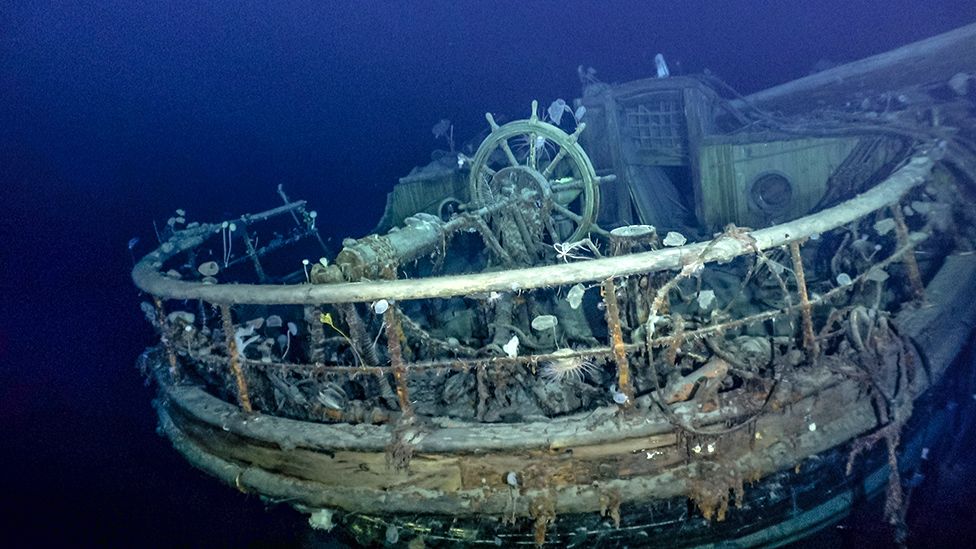
"You can even see the ship's name - E N D U R A N C E - arced across its stern directly below the taffrail (a hand rail near the stern). And beneath, as bold as brass, is Polaris, the five-pointed star, after which the ship was originally named," said Mensun Bound.
"I tell you, you would have to be made of stone not to feel a bit squishy at the sight of that star and the name above," he added.
"You can see a porthole that is Shackleton's cabin. At that moment, you really do feel the breath of the great man upon the back of your neck."

Filter feeders have colonised the wreck but there are no wood-eating worms
FMHT/National Geographic
What life had attached to the ship?
Interestingly, the wreck has been colonised by an abundance of life - but not of the type that would consume it.
"It would appear that there is little wood deterioration, inferring that the wood-munching animals found in other areas of our ocean are, perhaps unsurprisingly, not in the forest-free Antarctic region," commented deep-sea polar biologist Dr Michelle Taylor from Essex University.
"The Endurance, looking like a ghost ship, is sprinkled with an impressive diversity of deep-sea marine life - stalked sea squirts, anemones, sponges of various forms, brittlestars, and crinoids (related to urchins and sea stars), all filter feeding nutrition from the cool deep waters of the Weddell Sea."
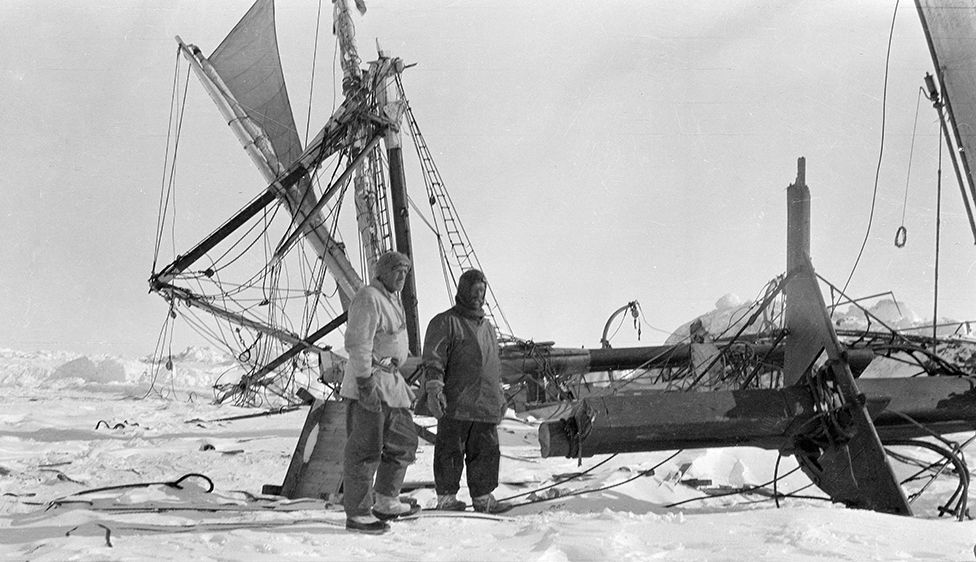
Shackleton (L) looks over the broken remains of his ship just before it went to the deep
SPRI/Univ of Cambridge
Why was this ship so prized?
Two reasons.
The first is the story of Shackleton's Imperial Trans-Antarctic Expedition.
It set out to make the first land crossing of Antarctica, but had to abandon the quest when the expedition ship, the Endurance, was trapped and then holed by sea-ice.
From then on it was all about survival. Shackleton somehow managed to get his men to safety, an escape that saw the Anglo-Irish explorer himself take a small lifeboat across ferocious seas to get help.
The British Film Institute (BFI) has restored footage taken during
Ernest Shackleton’s Imperial Trans-Antarctic expedition, including the
poignant moment the ship's mast collapses as Endurance is crushed by sea
ice.
Despite the sailors' perilous predicament, Shackleton insisted the
nitrate film was salvaged.
The other reason was the challenge itself of finding the ship.
The Weddell Sea is pretty much permanently covered in thick sea-ice, the same sea-ice that ruptured the hull of Endurance.
Getting near the presumed sinking location is hard enough, never mind being able to conduct a search. But herein also lies part of the success of the FMHT project.
This past month has seen the lowest extent of Antarctic sea-ice ever recorded during the satellite era, which stretches back to the 1970s.
The conditions were unexpectedly favourable.
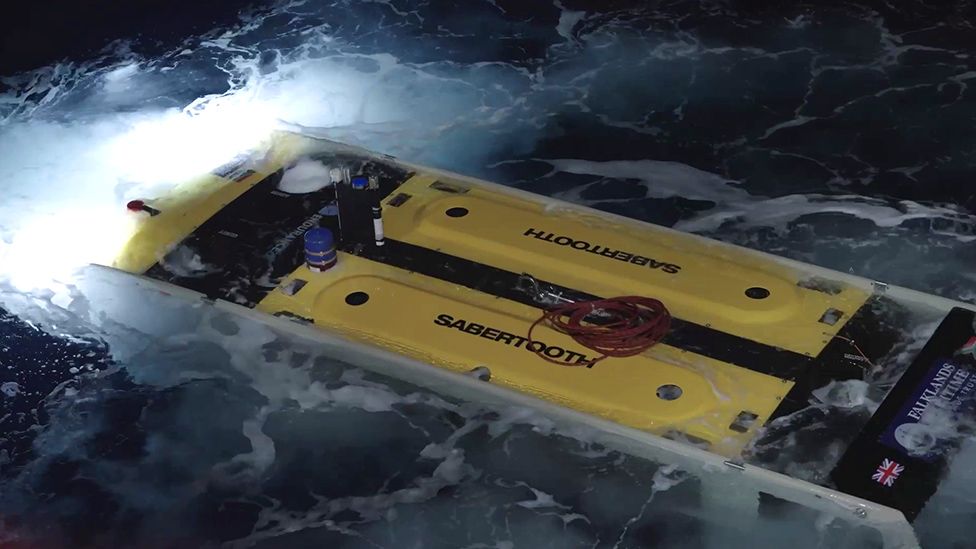

One of the submersibles returns to the surface after another dive to the Weddell Sea floor
FMHT/National Geographic
Historian Dan Snow describes the excitement when the Endurance was found
The icebreaker is heading for its home port of Cape Town.
But the intention is to call into the British Overseas Territory of South Georgia where Shackleton is buried.
"We will pay our respects to 'The Boss'," said Dr Shears, using the nickname the Endurance crew had for their leader.
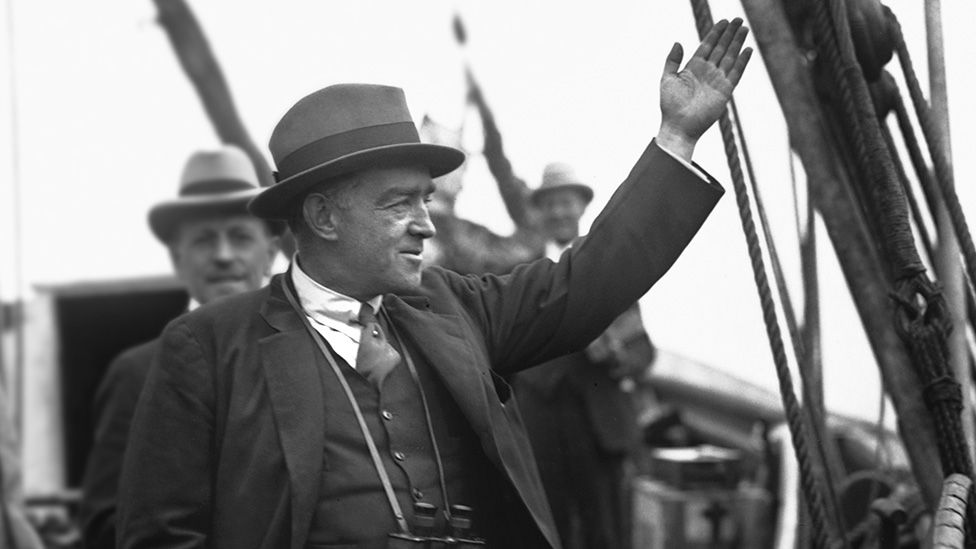
"We will pay our respects to 'The Boss'," said Dr Shears, using the nickname the Endurance crew had for their leader.

The Boss is buried at Grytviken Whaling Station on South Georgia
Getty Image
Links :
- Endurance22 : Endurance is found
- BBC : Endurance: 'Finest wooden shipwreck I've ever seen'
- The Guardian : Ernest Shackleton’s ship Endurance found off coast of Antarctica
- NYTimes : At the bottom of an icy sea, one of History's great wrecks is found
- National Geographic : Shackleton’s legendary ship is finally found off the Antarctic Coast, a century later
- CNN : Ernest Shackleton's Endurance ship found in Antarctica after 107 years
- YouTube : How Did Shackleton Survive The Endurance Expedition? / Survival! The Shackleton Story / The Endurance: A Legendary Story Of Survival
- GeoGarage blog : Shackleton's Endurance: Modern star maps hint at famous wreck's location / Antarctic expedition to renew search for Shackleton’s ship Endurance / Extraordinary 1915 photos from Ernest Shackleton's ... / Will anyone ever find Shackleton's lost ship? / Walking in Shackleton's footsteps / Antarctic Weddell expedition targets Shackleton's lost ship / Shackleton's icebound survival story, up close / British scientists in race to find lost shipwreck of Ernest ... / Shackleton Death or Glory - Rough Seas / Scott and Shackleton logbooks prove Antarctic sea ice is not / Ernest Shackleton voyage to be retraced by modern-day ... / Shackleton: death or glory / Haunting words from one of the most daring ... / Henry Worsley's journey wasn't foolhardy / For sale: pieces of polar explorers' dramatic past / 6 reasons Antarctic explorers were tougher 100 years ago





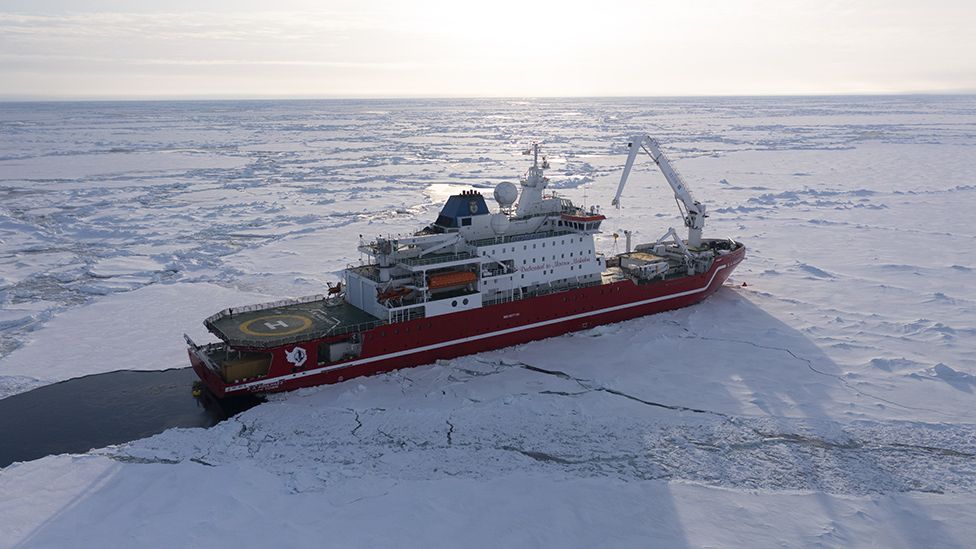
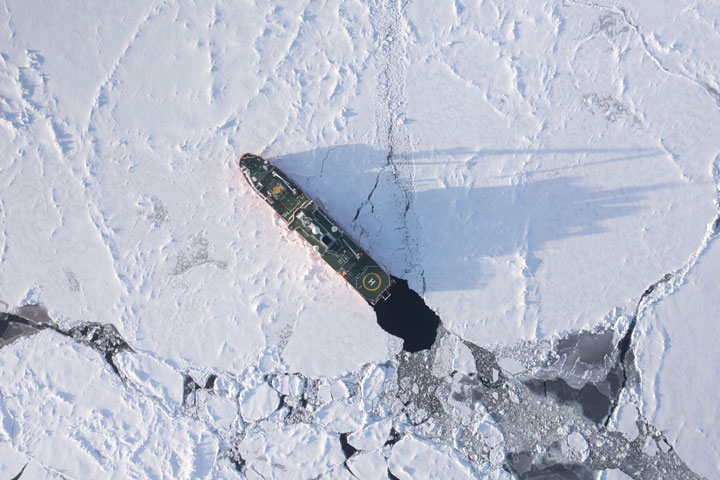

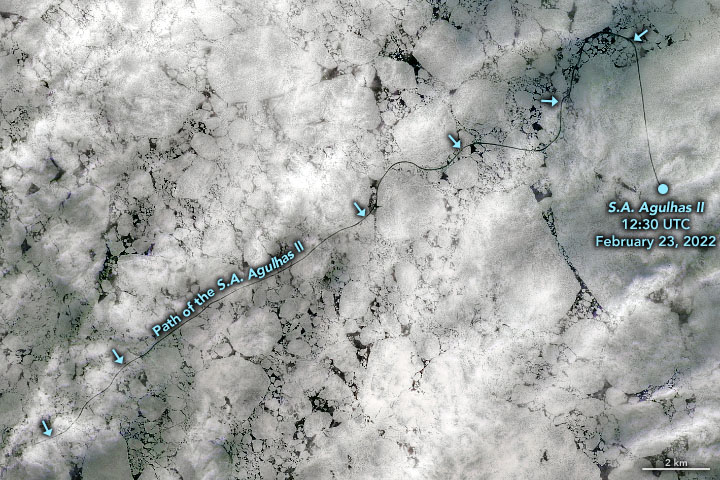

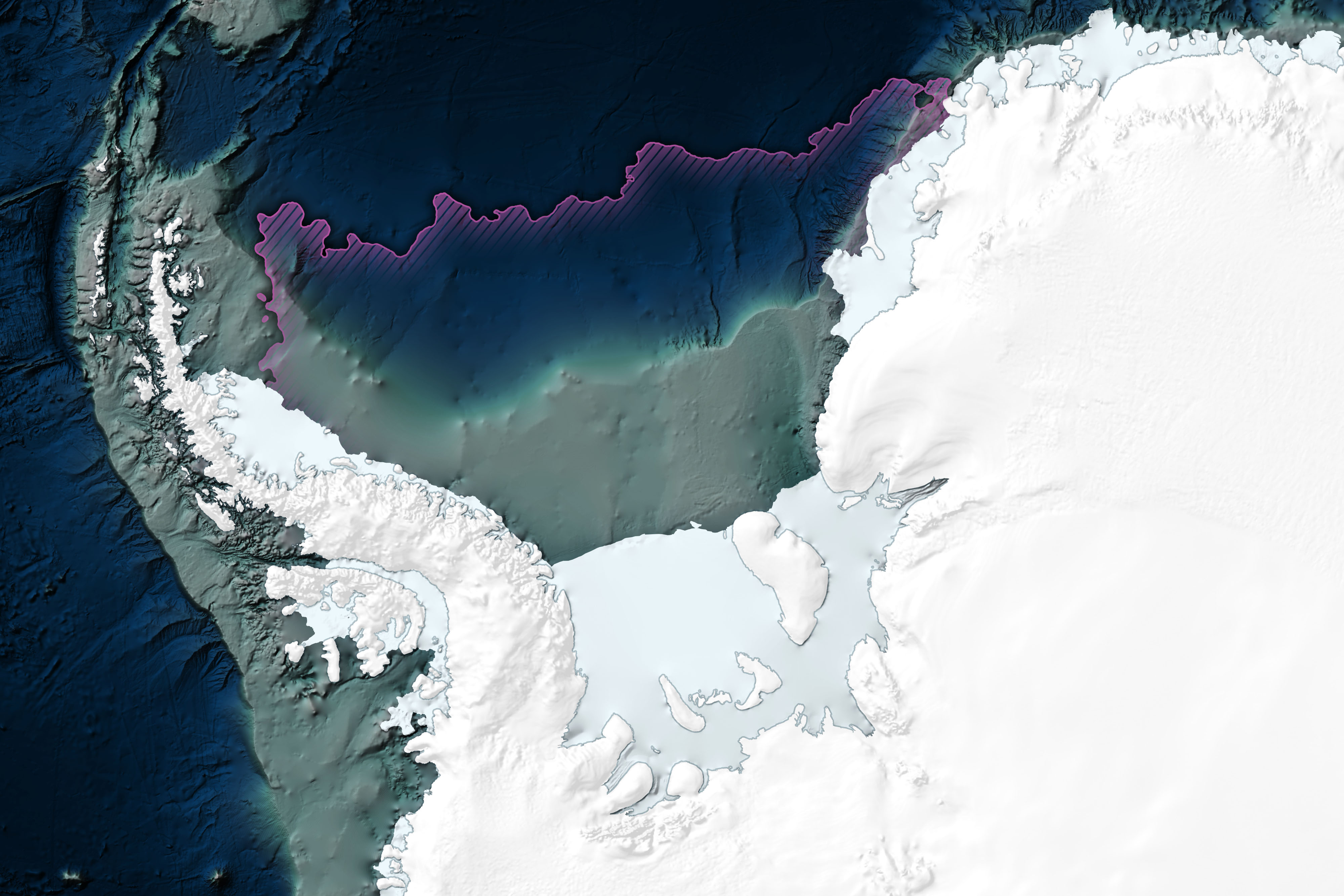


Maritime Executive : How Shackleton's Navigator Saved the Crew of the Endurance
ReplyDelete